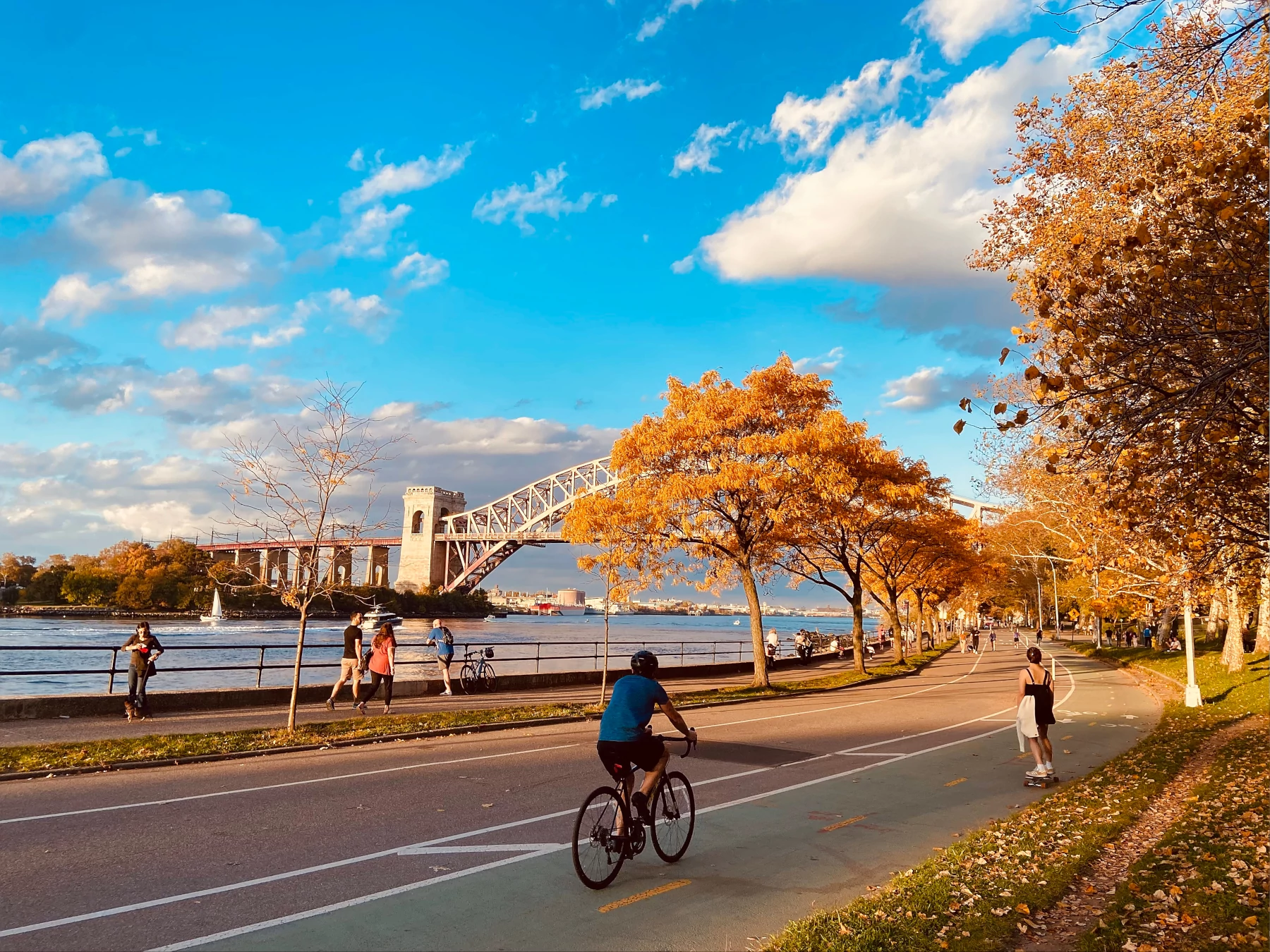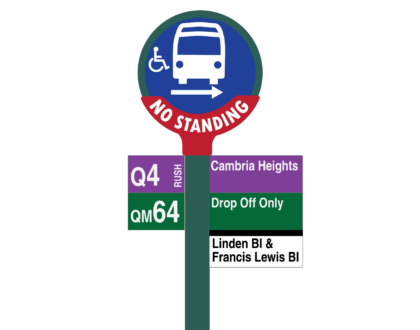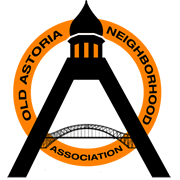Some Interesting Facts About Hell Gate Bridge

You see it every time you visit Astoria Park, but do you know the history and secretes of Hell Gate Bridge—one of the coolest bridges in NYC? Situated at the northern end of the East River, this bridge connects Astoria, Queens, to Randall’s Island and is named after the treacherous waters it spans—which were once called “hellegat” by Dutch settlers, meaning “hell channel”.
Below are some facts you can use to impress your neighbors with over dinner or coffee:
- Architectural Complexity: The Hell Gate Bridge is a complex of three bridges, including a Steel Arch, an inverted bowstring arch, and a small truss bridge. This design has enabled it to serve a variety of transportation types over the decades.
- World Record and Global Influence: At the time of its dedication in 1917, Hell Gate was the longest steel arch bridge in the world. Its design inspired several other world-renowned bridges, including the Sydney Harbour Bridge and the Bayonne Bridge.
- Engineering Marvels Underneath: The Queens-side tower of the bridge is supported by solid bedrock, while the Wards Island side is a more complex foundation.
- Impressive Load Capacity: the bridge was designed to carry sixty 200-ton locomotives simultaneously.
- Durability: Constructed with high carbon steel, the Hell Gate Bridge is estimated to last over a thousand years.
- Evolution of Use: Over the years, changes have been made to the bridge’s usage, including the removal of one of its four tracks and proposals for pedestrian pathways that were never realized.
The Hell Gate Bridge is not only a critical part of New York City’s transportation network but also a symbol of the city’s relentless pursuit of architectural and engineering excellence. If you’re interested in learning more about Hell Gate Bridge, check out “10 Secrets of Hell Gate Bridge in NYC” by Untapped New York here.
Recommended Posts

Free Webinar: How to Grow an Audience on Social Media (Feb 19th)
February 16, 2025

Upcoming Changes to Queens Bus Stop Signs
February 16, 2025

New Senior Housing Development Opens Lottery for Affordable Units
February 7, 2025
